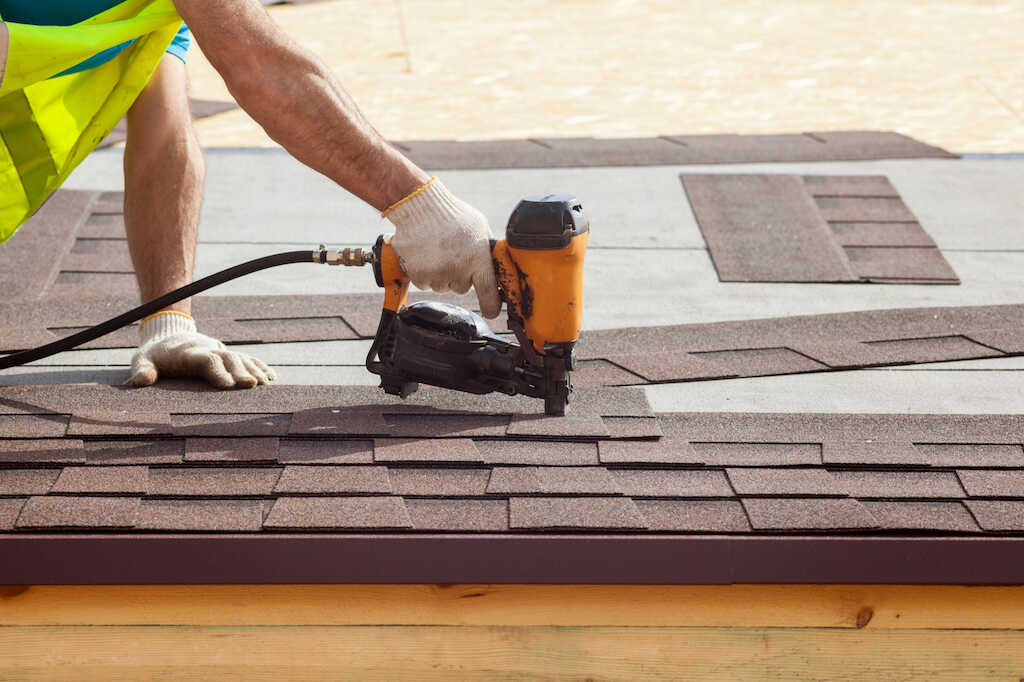If you don’t know the answer to “how often should you replace your roof,” you could be overlooking some major and costly issues.
The signs showing it’s time to consider roof replacement often go unnoticed by homeowners. Especially with the wide array of lifespans of different materials, it can be challenging to know when should my roof be replaced.
That’s where this article comes in to help. We’ve compiled a list of the top 5 things to know when asking “does my roof need to be replaced?”
It includes everything from considering the type of roof you have to watching for signs of interior damage. Continue reading to find out more about a roof replacement.
1. Consider the Type of Roof
One of the first things to consider when asking, “does my roof need to be replaced,” is the type of roof you have. This is because the different roof types have different lifespans and different levels of upkeep. There are many different types of roof replacement options available including asphalt shingles, wood shingles, metal roofing, and others.
One of the less costly options is asphalt shingles. These need replacing every 15 to 20 years. However, if you opt for architectural asphalt shingles, you could get up to 30 years out of your shingles.
If you are looking for something that will last longer, consider clay or cement tiles. These last significantly longer at 50-100 years due to their durability.
One of the most costly options, but the most durable is slate roofing. It is incredibly strong and resistant to the elements. Plus, it can last for over 100 years in most cases.
2. Consider Age
If you are wondering, “when should my roof be replaced,” but can’t tell by looking at it, consider its age. Depending on the type of material used for your roof, you can expect it to last anywhere from 15 to 100 years.
If it’s nearing or surpassed its lifespan, it’s likely time to replace it. Plus, if there are any hidden damages, these will worsen with age. This can significantly increase your roof replacement costs.
An older roof might also be affecting the value of your home. By choosing roof replacement, you’ll enjoy the benefits of a new, sturdy roof as well as the appreciation in the value of your home.
3. Watch for Signs of Interior Damage
Knowing how often should you replace your roof involves knowing what to look for. Sometimes the need for roof replacement isn’t obvious when looking at the exterior of the roof. It’s also possible to notice interior damage before you notice exterior damage.
Damaged or wearing roofs are likely exposed to some extent to the elements. This means that water might be slowly leaking beneath your roof tiles.
The best way to check for this is to see if your ceiling shows discoloration. Water damage will leave brown or yellow-tinged stains where the water is pooling. In more extreme cases, the ceiling may even appear to sag.
4. Watch for Signs of Exterior Damage
Exterior damage can either be difficult to spot or incredibly noticeable depending on the type of damage. This is why it’s important to check the status of your roof after major storms or as it approaches the end of its lifespan.
The most obvious signs of external damage include broken shingles or missing shingles. Broken or damaged roofs include cracked shingles or shingles that are curling at the edges. This may also be a sign of mold or moss growth due to water damage.
Another sign of exterior damage comes from ineffective repairs. For example, those looking to minimize roof replacement costs might opt for a double layering option. This means that another layer of the roofing material installs on top of the existing material.
This is extremely ineffectual and can lead to even greater damage over time. It’s worth paying a little extra for quality roof replacement so you don’t have to pay more down the road.
5. Check Your Gutters
Some homeowners don’t realize the importance of clean gutters when asking “does my roof need to be replaced?” This is because they are unaware of the damage clogged gutters can cause.
Gutters are responsible for keeping water off of your roof so it can’t sit in place and cause damage. When clogged, water builds up and can find its way into cracks in your roof. This leads to water damage that weakens the integrity of your roof and may even leak into the inside of your home.
While clogged gutters can lead to a damaged roof, they can also show signs of an already damaged roof. This is why it’s important to check your gutters for pieces of roofing material. If your roof is deteriorating, you might notice large pieces of shingle I’m the gutter telling you it’s time to replace your roof.
Understanding How Often Should You Replace Your Roof
A sturdy roof means good protection for you and your family, so it’s essential to understand the answer to “how often should you replace your roof?”
Start by looking for signs of damage internally and externally. If you aren’t noticing any obvious signs of damage, consider the material used on your roof. Do you have asphalt shingles that will last around 15 years or do you have a clay roof that will last much longer?
These steps will help answer the question, “does my roof need to be replaced?”
If you think it might be time to pursue roof replacement, contact us today for your free assessment.

